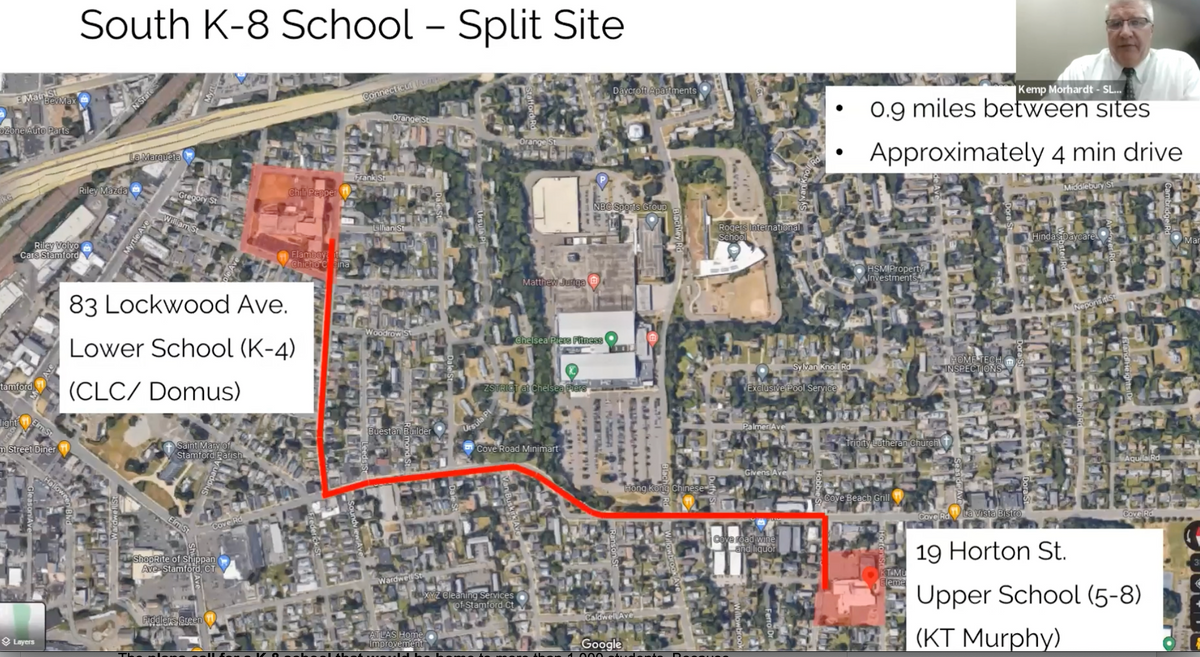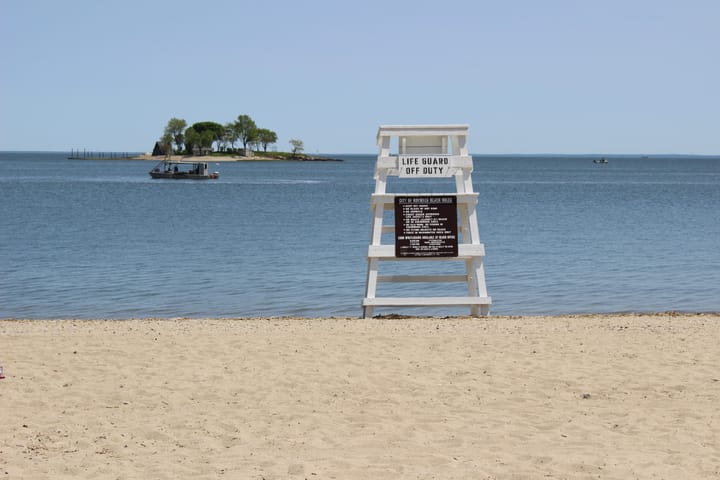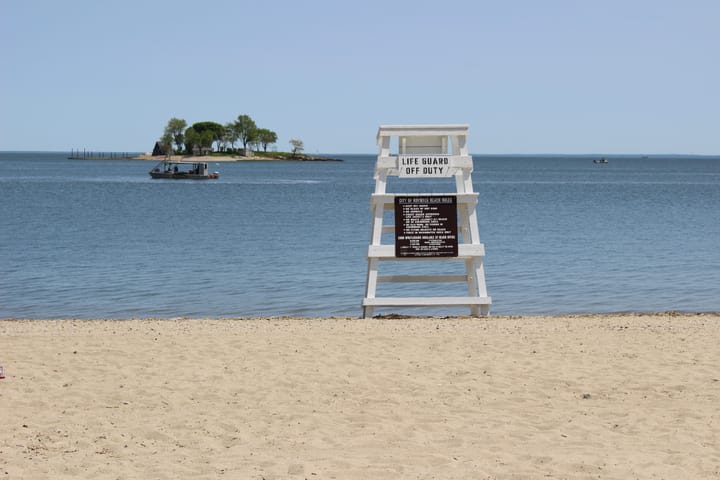Stamford Moves Forward Plans for South Stamford Elementary School
Stamford is submitting plans for the South Elementary School to the state this month, which, if approved, would make the project eligible for 60% state reimbursement.

The city’s Board of Finance and Board of Representatives authorized $158.3 million in funding for a new South Stamford Elementary School, which allows the city to submit the plans to the state for grant funding ahead of the June 30 deadline.
Stamford is hoping to get on the state’s priority list of school construction projects, which would mean that it would get state funding for the project. The state passed legislation last year that allows both Stamford and Norwalk to receive up to 60% reimbursement for school construction projects over the next two years.
What are the proposed plans for the South Stamford school?
The plans call for a K-8 school that would be home to more than 1,000 students. Because the city didn’t have a site available to fit all of the students on it, the students will be divided into a lower school (grades K-4) at 83 Lockwood Avenue and an upper school (grades 5-8) on Horton Street, at the current K.T. Murphy School site.
The Lockwood Avenue site, pictured below, would be done first. The current building on the site would be demolished and a new school built on it. It would include a three-story academic wing, two playgrounds, on-site parking and bus drop off, a cafeteria, gymnasium, and a library media center, which could potentially have a separate entrance and be made available to the community after hours.
Once the Lockwood Avenue site is complete, the students in the current K.T. Murphy building would be moved there so the building could be demolished. In its place, the school for grades 5-8 will be built, which also plans for three stories, and includes academic classrooms, a gym, library media center, a school based health clinic, and on-site bus drop off/parking. The lower level could be used entirely as a “fifth-grade academy” which would include all of their classrooms and a STEAM lab.
Once both buildings are built, the plans also call for demolishing Toquam Elementary School. Overall, the construction of the two new buildings and the demolition of Toquam would cost $158.3 million, of which about $95 million will be covered by the state and $63.3 million will be covered by the city.
The K-4 building should come online for the 2028-29 school year, with the 5-8 building planned for 2030-31.
The construction of these schools are a part of the Stamford Long-Range Facility Plans that call for renovations or new construction across the district.
Reactions from Elected Officials
While the authorizations from the boards came almost unanimously, there were some concerns raised by elected officials, some about the specific plans for these sites, and others about the overall long-term plans.
The Board of Representatives voted 35-0-1 on authorizing the funding, with Representative Nina Sherwood abstaining.
Sherwood said that she had “grave concerns about the amount of space future children will have,” with the plans to close both Toquam and Dolan schools eventually. School officials have noted that there will be some redistricting that occurs as schools are added and that space is planned to be added to some existing schools to allow for additional capacity. But she said that she was concerned about the space for students.
“I'm trying to understand the numbers of where we’re putting these students in the long term and they’re not adding up,” she said.
Other members of the Board of Representatives raised concerns about the traffic on the streets caused by the schools—even though one of the sites is currently a school and one is a former school that currently holds programs for students.
Representative Kindrea Walston said that William Street, which borders the K-4 site, is a “very tight street.”
“Where I live now by Westover, it’s a nightmare when it’s time for the children to get out of school,” she said. “Imagine over there on William Street, the residents who live there who have to get in and out. It’s going to be a nightmare.”
Kemp Morhardt, the city’s consultant and project architect from SLAM Collaborative, noted that the new sites would allow for on-site parking and bus drop off to help alleviate congestion on the streets.
Richard Freedman, chair of the Board of Finance, raised an opposite concern, asking if there needed to be onsite parking and drop off areas.
“What you sacrifice in this space is playing fields—this is not a suburban site and it’s a location of the city that’s not close to any other parks,” he said, adding that the “streets around this building are being used for bus dropoff and parking.”
He asked the Board of Education and Board of Representatives to reconsider the tradeoffs, such as having less drop off and parking onsite, but larger playing fields.
Because the two sites are less than a mile away from each other, members of the Board of Representatives emphasized their desire to have improved sidewalks between the schools to allow for students and families to walk.
Board of Finance member Dennis Mahoney, who voted against the application, said that he was more concerned with the overall funding of the long-term plans and if the city would be able to do all the school work it was planning to.
“I'm not convinced with the cash flow. I’m worried about the sequencing of it,” he said. “I don’t feel comfortable going forward and approving it at this point.”
He noted that the plans call for “frontloading all of the new schools,” and so if the construction costs from projects, like Westhill that are going first, that could impact schools a bit farther down the line, like the South Stamford School.
“I just think we ought to think long and hard about this,” he said. “I think it would be sad if the only new schools we got were Roxbury and Westhill.”
Morhardt and city officials noted that the authorization was needed to submit the application to the state this year, but the state doesn’t award the grant till next year. They noted that it’s a lengthy process, so they would have more clarity on the numbers as the process moved along.



